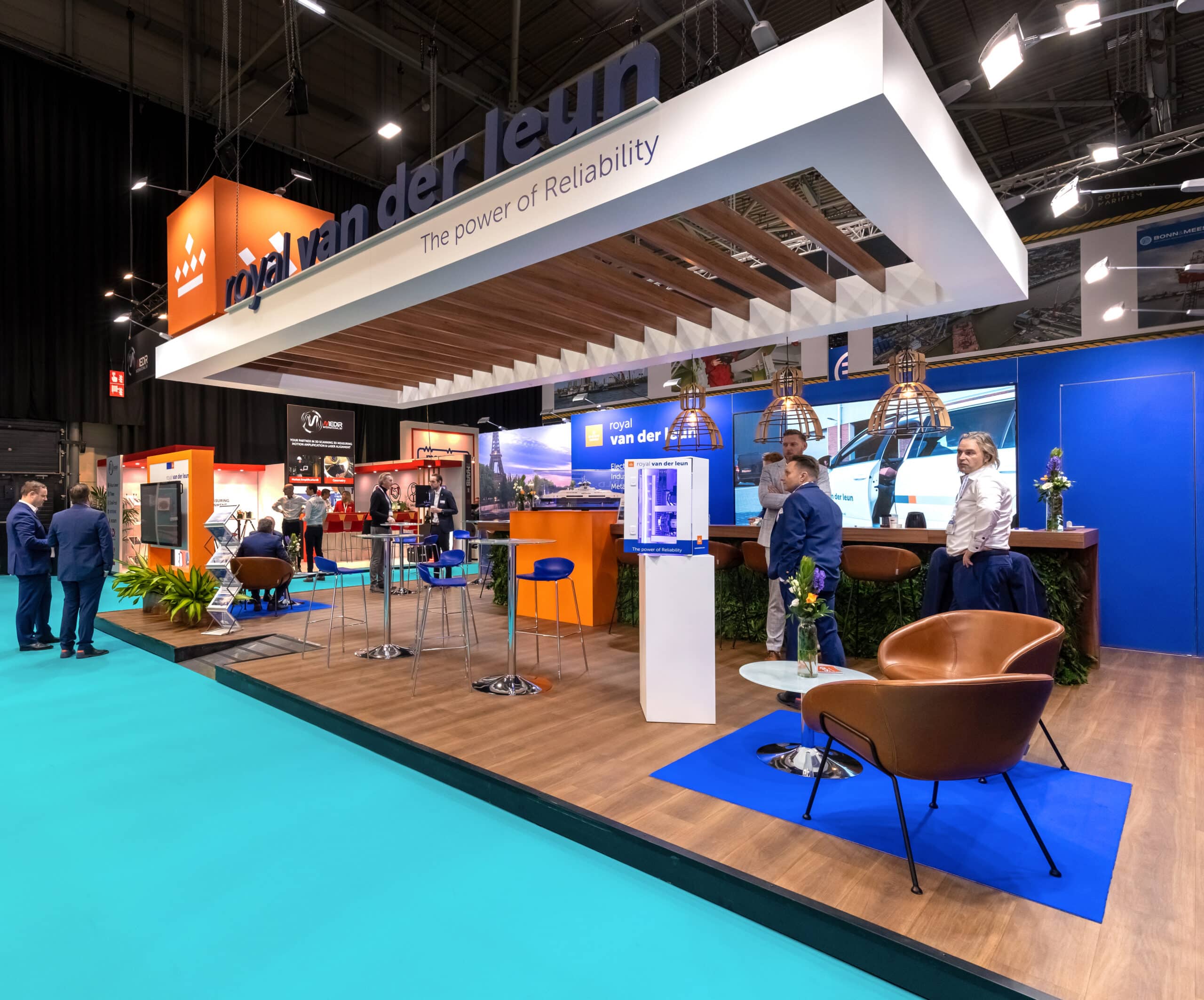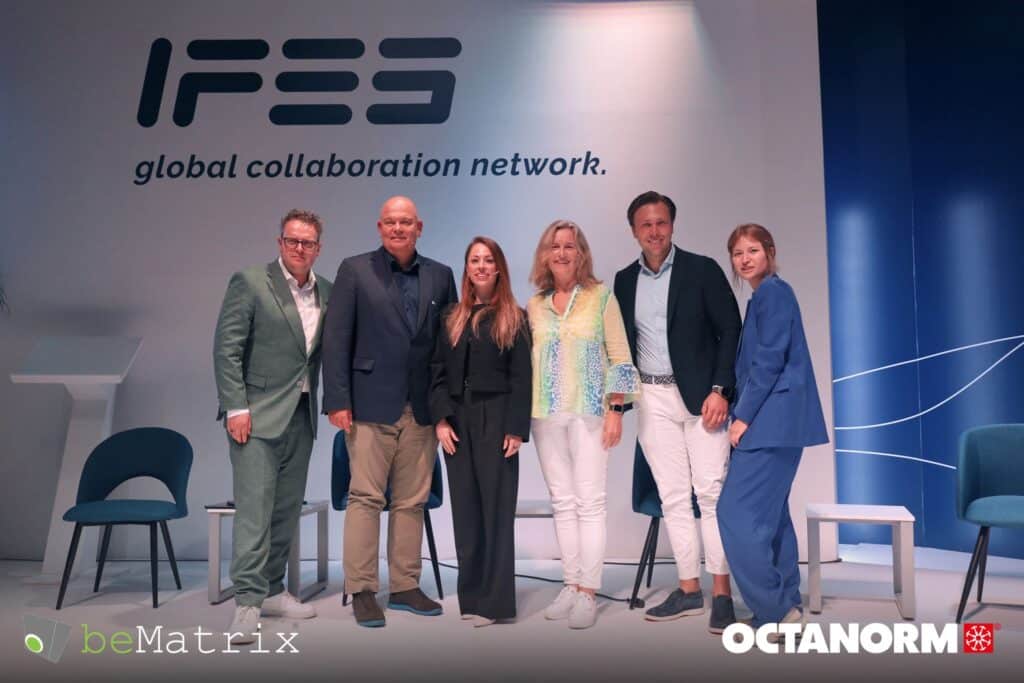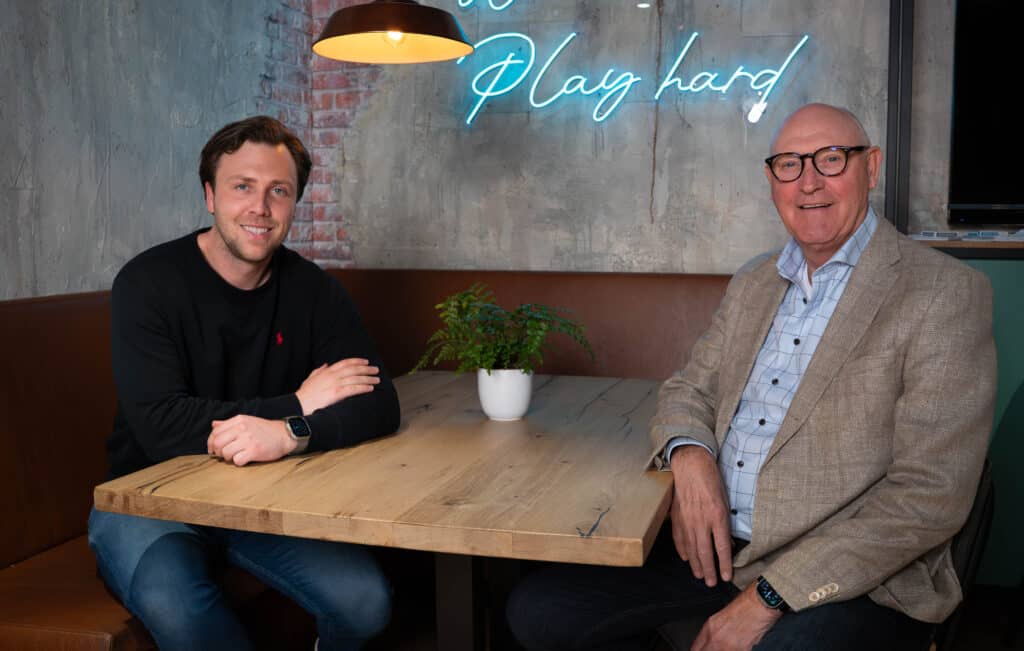The success of a trade show participation is partly determined by the level of interaction and engagement that the booth and its crew can generate. For this reason, it is important to think about activities that take place at the booth during trade show days and the degree of interactivity offered.
Activities can range from live demonstrations, workshops, product presentations, contests or a game element. By providing activities, you can attract attention and turn trade show visitors into booth visitors.
Interactivity can also be integrated into the booth in many ways. This can be done by using touch screens, augmented reality, social media intergration or holograms. These tools allow booth visitors to actively participate in the experience and build a connection with the organization or brand.
Please indicate in the booth briefing if you plan to organize such activities so we can take them into account. Don’t know yet? No problem! We are very happy to think along with you on how to fill this and have all the expertise at our fingertips to make the most of it.
7. Hospitality
Hospitality at the trade show booth creates a welcoming and inviting atmosphere. This involves providing not only a warm welcome, but also the most comfortable environment possible where visitors feel at ease and want to stay.
Not everyone wants a hospitality section at their trade show booth. However, if you want your target audience to stick around to attend a demonstration, for example, or listen to what you have to say about new products, a hospitality area is a good move.
Hospitality is also a broad term and includes many elements and you can make it as crazy as you want. This ranges from coffee, tea and a cake to completely stocked bar with various seating areas.
In the booth briefing, mention if it is necessary to incorporate a hospitality section into the booth and perhaps how you envision it. Approximately how many seats? High or low seating?
From briefing to realization: an exhibition stand that stays with you!
On the basis of a stand brief, our team sets to work on creating a first draft that fits seamlessly with the established points described above.
By combining creativity with functionality, we strive to design a booth that attracts attention, reinforces brand identity and provides visitors with a great experience that stays with them. We then present the concept, after which any adjustments are made to optimize and refine the design.
Our goal is always to create a trade show booth that is not only visually impressive, but also exceeds the desired results for the trade show event!
Contact us for successful trade show participation








